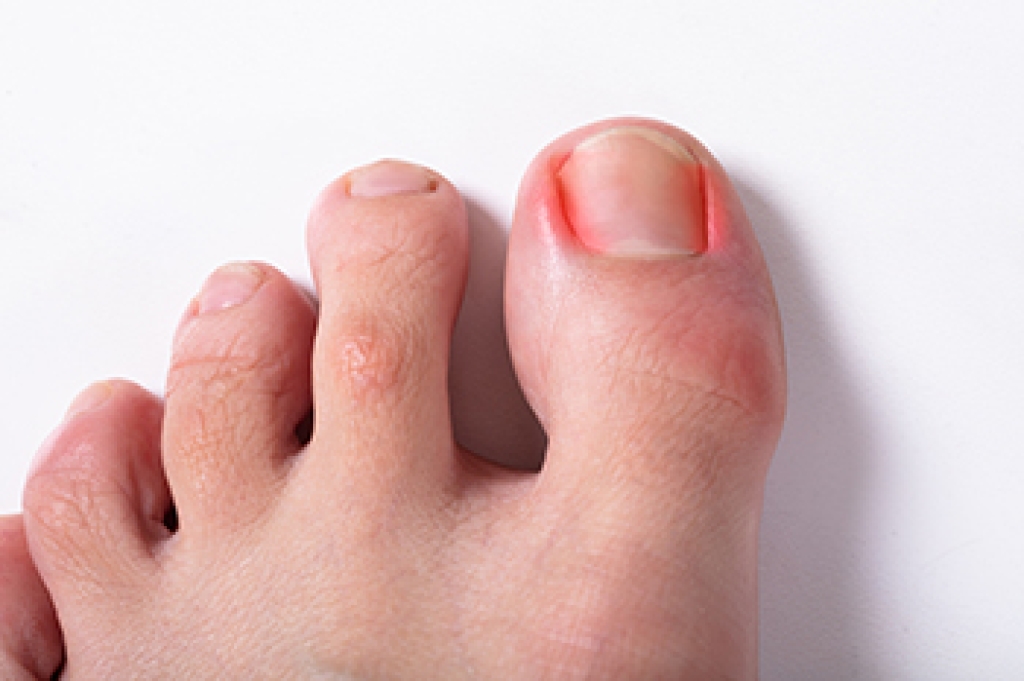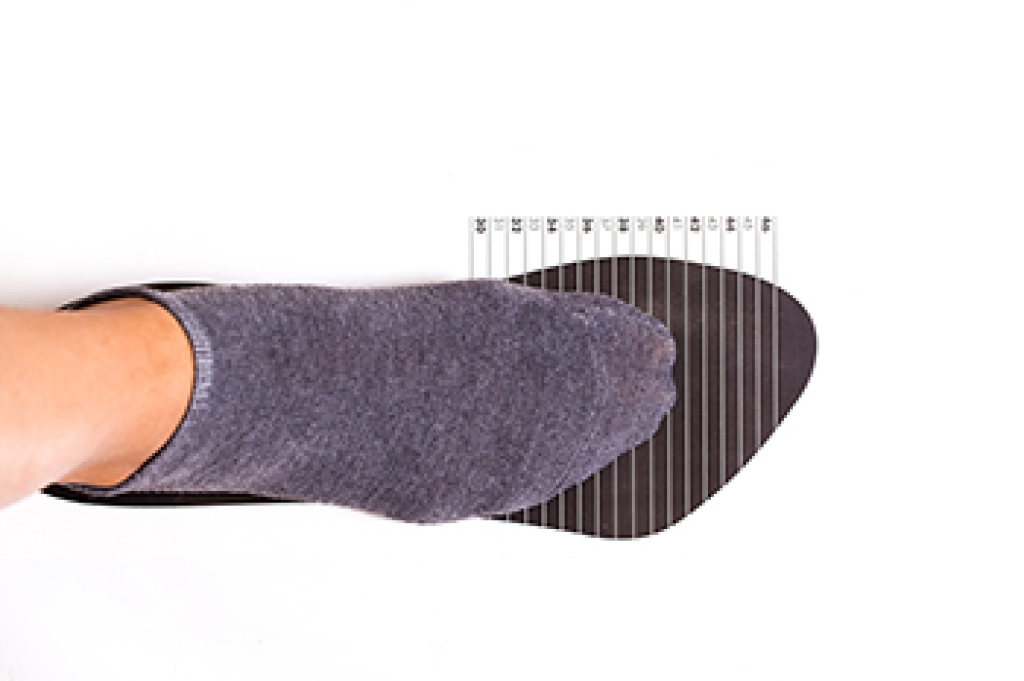
Gout is a form of inflammatory arthritis caused by a buildup of uric acid crystals in the joints, often affecting the big toe. It may appear suddenly, causing intense pain, swelling, redness, and warmth in the affected area. The skin may look shiny and feel extremely tender, making even the touch of a sheet unbearable. Common causes include a diet high in purines, obesity, certain medications, and genetic factors. Gout attacks can last for days or weeks and may recur if not properly managed. A podiatrist can diagnose gout through physical examination, review of medical history, and tests such as joint fluid analysis or blood work. Treatment options include anti-inflammatory medications, corticosteroid injections, dietary guidance, and long-term management strategies to reduce uric acid levels. Preventive care and lifestyle changes are essential to avoid future flare-ups. A podiatrist can also help rule out other conditions with similar symptoms. It is suggested that you make an appointment with a podiatrist for accurate diagnosis and care.
Gout is a painful condition that can be treated. If you are seeking treatment, contact Ramin Nadjafi, DPM from Advanced Podiatry Group. Our doctor will treat your foot and ankle needs.
What Is Gout?
Gout is a form of arthritis that is characterized by sudden, severe attacks of pain, redness, and tenderness in the joints. The condition usually affects the joint at the base of the big toe. A gout attack can occur at any random time, such as the middle of the night while you are asleep.
Symptoms
- Intense Joint Pain - Usually around the large joint of your big toe, and it most severe within the first four to twelve hours
- Lingering Discomfort - Joint discomfort may last from a few days to a few weeks
- Inflammation and Redness -Affected joints may become swollen, tender, warm and red
- Limited Range of Motion - May experience a decrease in joint mobility
Risk Factors
- Genetics - If family members have gout, you’re more likely to have it
- Medications - Diuretic medications can raise uric acid levels
- Gender/Age - Gout is more common in men until the age of 60. It is believed that estrogen protects women until that point
- Diet - Eating red meat and shellfish increases your risk
- Alcohol - Having more than two alcoholic drinks per day increases your risk
- Obesity - Obese people are at a higher risk for gout
Prior to visiting your podiatrist to receive treatment for gout, there are a few things you should do beforehand. If you have gout you should write down your symptoms--including when they started and how often you experience them, important medical information you may have, and any questions you may have. Writing down these three things will help your podiatrist in assessing your specific situation so that he or she may provide the best route of treatment for you.
If you have any questions, please feel free to contact our office located in Orlando, FL . We offer the newest diagnostic and treatment technologies for all your foot care needs.




